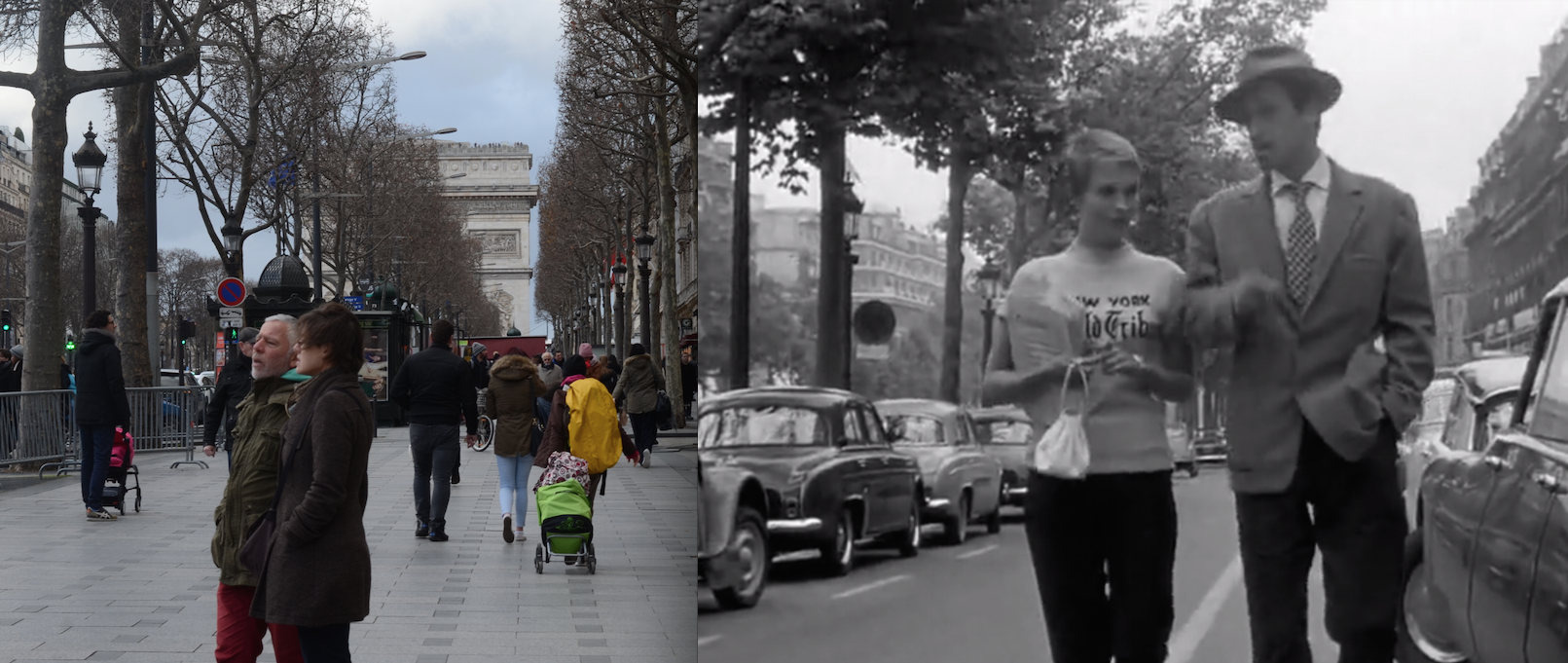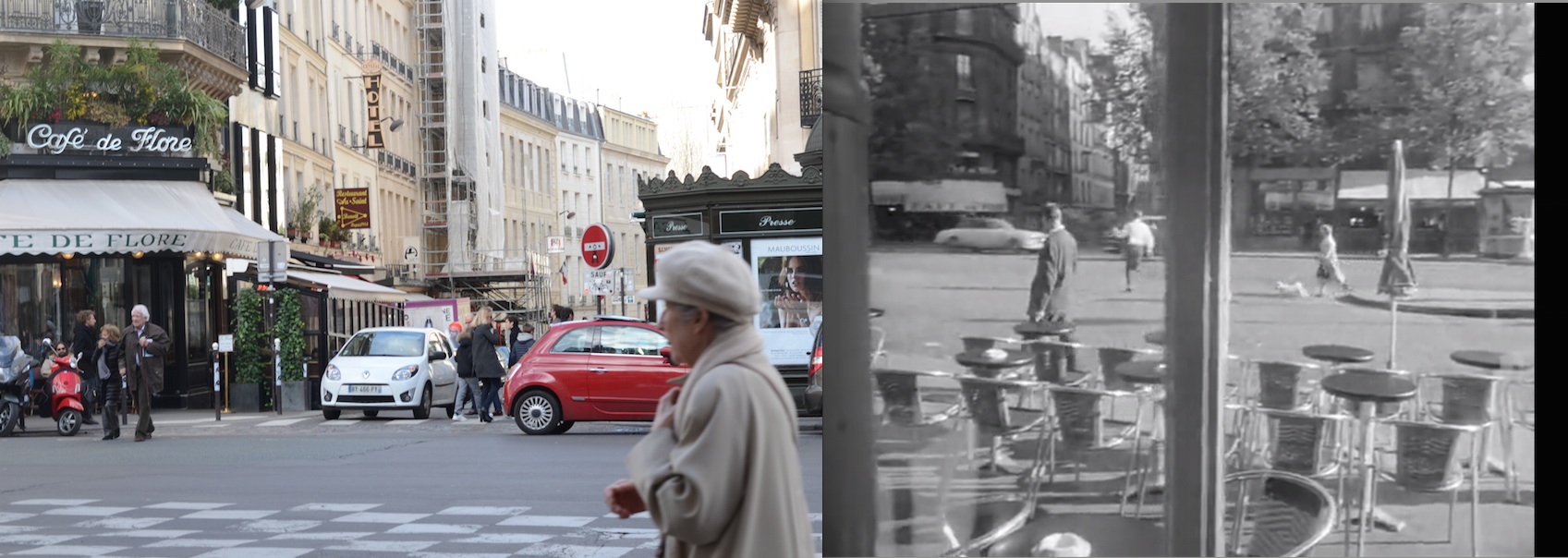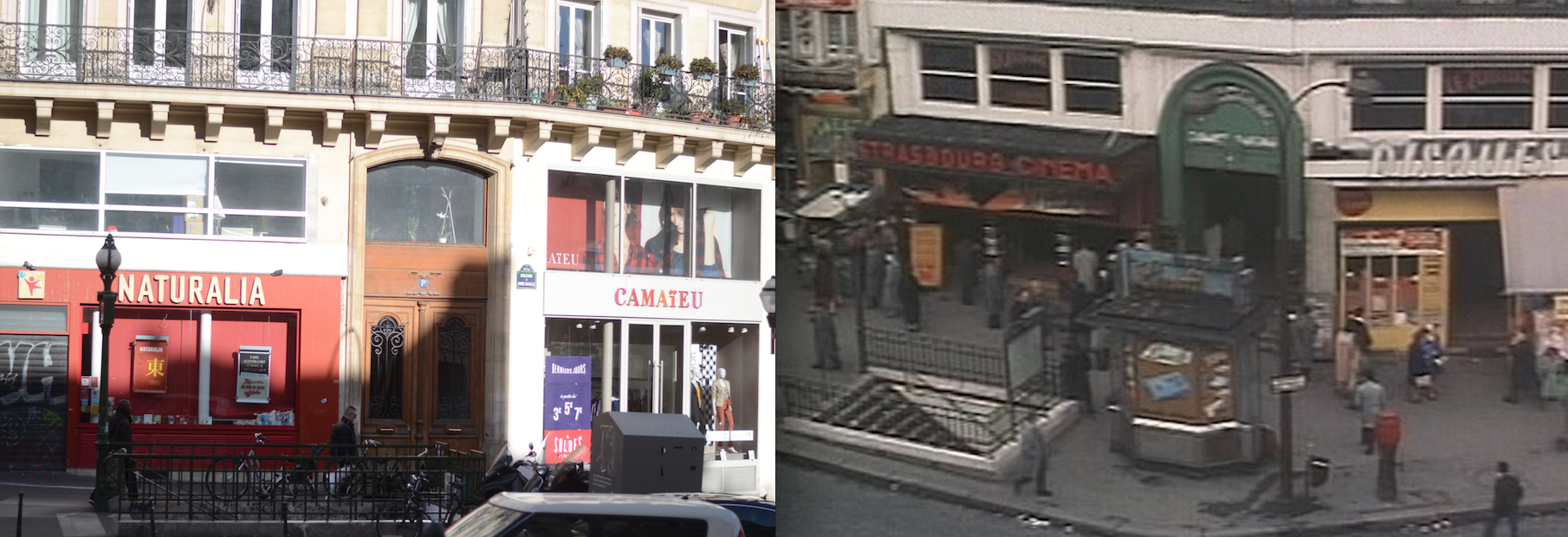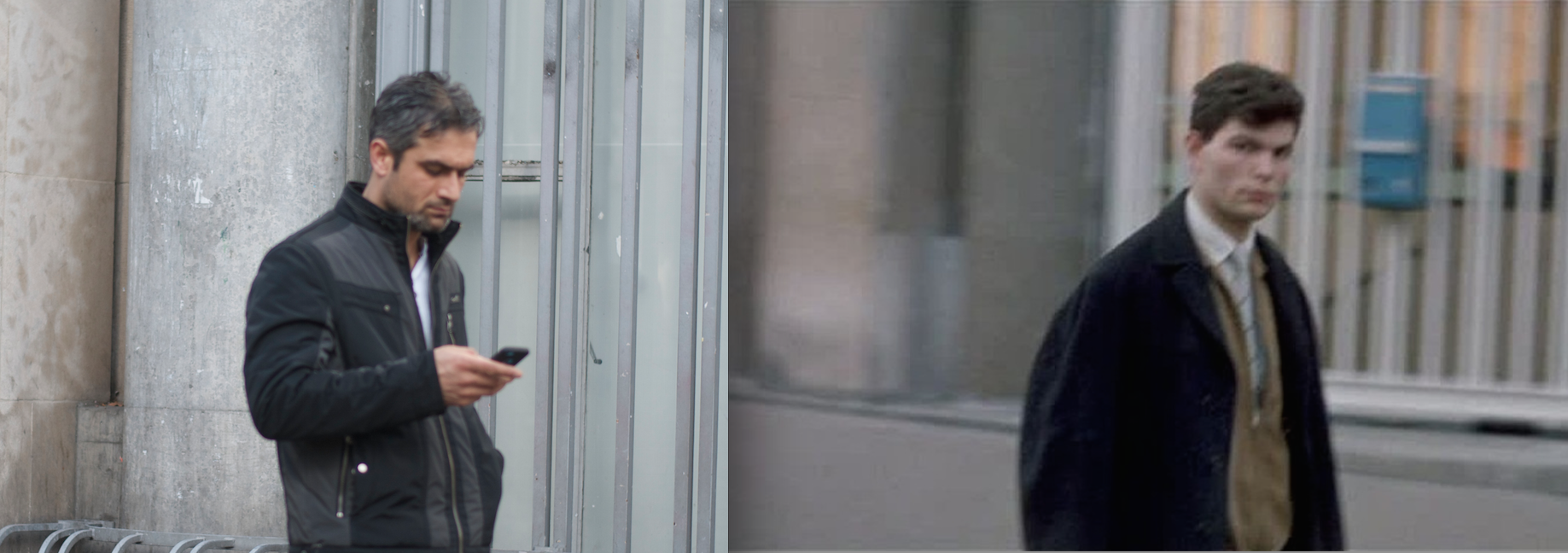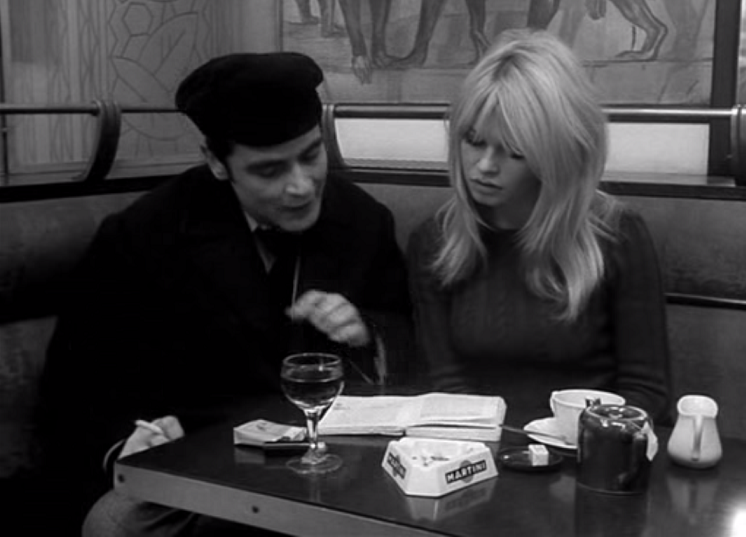Paris Through the Lens of Jean-Luc Godard

Strolls through the streets, conversations over coffee and cigarettes, and wine-evening wonders - the key elements of Parisian life and of pensive scenarios by a French director. These little pleasures are always inspiring and seem to be timeless, however, is it still possible to re-experience Godard's Paris?
Jean-Luc Godard is among the first to begin La Nouvelle Vague in French Cinematography. His cinematic language is not only esthetically compelling, it also stands as an intellectual insight into philosophy. Through movies such as À bout de souffle (1960), Une femme est une femme (1961), Vivre sa vie (1962), Bande à part (1964), Masculin Féminin (1966) Godard engages a viewer with his ideas of life, love, ethics and identity, all of which are reinforced by twentieth-century history and, of course, Parisian sights and lifestyle.
If we follow Godard's vision, can we follow his movies across the city and have a little insight into the 1960s?
Les Champs-Élysées, le boulevard Saint-Germain and le boulevard des Capucines - the legendary locations are still there, almost unchanged, but rather modern and extremely crowded, which unfortunately take away from the vintage charm.
Yet, we can stroll down the most famous boulevard as Seberg did with a young wily-looking Belmondo in À bout de souffle.
Image credit: Yana Kotina (les Champs-Élysées)
Or walk through the rue du Faubourg Saint-Denis and see the Arc de Triomphe, which Belmondo passed by in Une femme est une femme.
Image credit: Yana Kotina (rue du Faubourg Saint-Denis)
Godard's innovative "short-jump" and "sweeping" techniques, radical ideas, and rather perplexing scenes had a significant influence on further development of the film industry. Without La Nouvelle Vague we may not have had any of our favorite directors such as Scorsese or Tarantino, Wenders or Bertolucci.
“What is your greatest ambition in life?' 'To become immortal... and then die.” (c) Jean-Luc Godard
A fragment from Une femme est une femme, Anna Karina, Godard's former wife and muse, walks down with Belmondo next to the Théâtre Antoine.
Image credit: Yana Kotina (rue de Metz)
The street view from Une femme est une femme.
Image credit: Yana Kotina (rue du Faubourg Saint-Denis)
Most of the cafes and restaurants where Godard filmed are now gone.
Instead of the cafe Le Royale St Germain, where Belmondo couldn't afford a breakfast (À bout de souffle), now there is Emporio Armani Restaurant. Yet, we can find the legendary Café de Flore across the boulevard.
Image credit: Yana Kotina (boulevard Saint-Germain)
You won't find Le Zodiac, a cabaret-stripclub, where Anna Karina worked in Une femme est une femme.
Image credit: Yana Kotina (8, boulevard Bonne Nouvelle)
A passerby next to the post office.
Image credit: Yana Kotina (Post Office, boulevard Bonne Nouvelle)
Even though the urban-surface of Paris has changed and we can no longer visit some spots of the 60s, we can have a chat in a cafe around the corner with a friend or a stranger.
Paris is beautiful with its timeless and spontaneous liveliness.
"Today in Paris. What do young women dream about? But which young women? The assembly-line inspectors with no time to make love because they're so worn out? The manicurists on the Champs-Élysées who start hooking at age 18 at the big Right Bank hotels? The rich schoolgirls who only know Bergson and Sartre because their bourgeois parents keep them locked up? The is no average Frenchwoman." (c) Madeleine, Masculin Féminin Image Credit: Masculin Féminin
The last and the most entertaining part is to try and challenge the record of "The Louvre Run" in Godard’s Bandé a Part, in which the main characters Anna Karina, Claude Brasseur, and Sami Frey run through the museum in a record-breaking time.
In 2003 Eva Green, Louis Garrel, and Michael Pitt made a run and beat the record of nine minutes and 43 seconds. Thanks to inspired Bertolucci and his provocative The Dreamers.

